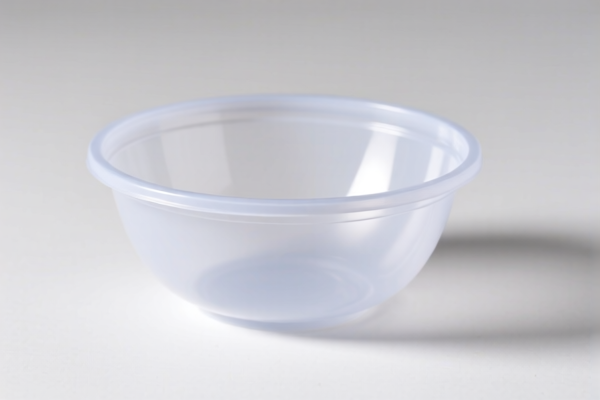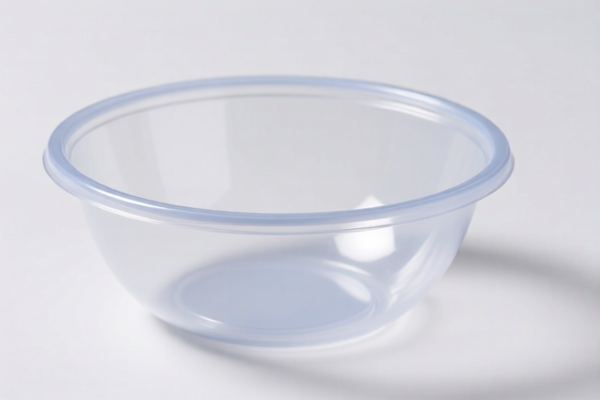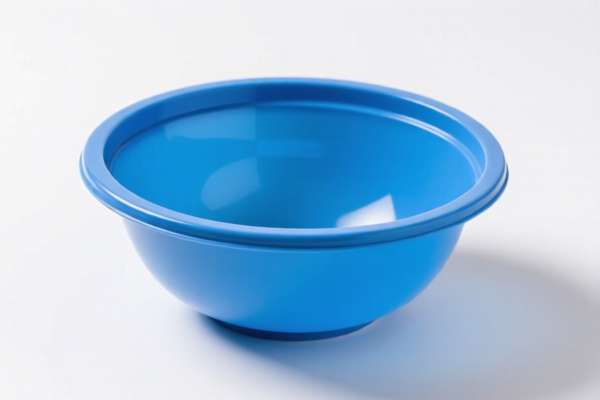| HS Code | Official Doc | Tariff Rate | Origin | Destination | Effective Date |
|---|---|---|---|---|---|
| 3924104000 | Doc | 33.4% | CN | US | 2025-05-12 |
| 3924905650 | Doc | 40.9% | CN | US | 2025-05-12 |
| 3926901600 | Doc | 40.6% | CN | US | 2025-05-12 |
| 3926909905 | Doc | 42.8% | CN | US | 2025-05-12 |
| 6911900050 | Doc | 42.9% | CN | US | 2025-05-12 |
| 4016992000 | Doc | 34.3% | CN | US | 2025-05-12 |
| 4016990500 | Doc | 40.9% | CN | US | 2025-05-12 |
| 4008210000 | Doc | 55.0% | CN | US | 2025-05-12 |
| 4008294000 | Doc | 57.9% | CN | US | 2025-05-12 |




Plastic Pet Bowl
A plastic pet bowl is a container designed to hold food and/or water for domestic animals, typically constructed from various types of plastic.
Material
The primary material is plastic, with common types including:
- Polypropylene (PP): Lightweight, durable, relatively inexpensive, and food-safe. Often used for general-purpose bowls.
- Polyethylene (PE): Flexible and impact-resistant, suitable for collapsible or travel bowls.
- Acrylic: More durable and scratch-resistant than PP or PE, offering better clarity, but potentially more expensive.
- Melamine: A hard, durable plastic, resistant to chipping and breaking, though not as common due to potential concerns regarding formaldehyde release if damaged.
- BPA-Free Plastics: Increasingly common, addressing concerns about bisphenol A leaching into food and water.
Purpose
The primary purpose is to provide a hygienic and convenient receptacle for pets to eat and drink from. They prevent food and water from being directly on the floor, reducing mess and potential contamination.
Function
- Containment: Holds the pet’s food or water.
- Hygiene: Easier to clean and sanitize than directly using the floor.
- Portability: Lightweight materials allow for easy movement and travel.
- Stability: Designs vary to prevent tipping, particularly for enthusiastic eaters or larger animals.
Usage Scenarios
- Home Feeding: Everyday use in a domestic environment.
- Travel: Portable bowls for use during trips and outings.
- Outdoor Use: Providing food and water during outdoor activities.
- Veterinary Clinics/Shelters: Used for feeding and watering animals in a clinical setting.
- Kennels/Catteries: Providing individual feeding stations.
Common Types
- Standard Bowls: Basic, round or oval-shaped bowls.
- Raised Bowls: Elevated bowls, often recommended for larger breeds or pets with mobility issues to promote better posture and digestion.
- Slow Feed Bowls: Designed with ridges or obstacles to slow down eating speed, preventing bloat and indigestion.
- Automatic Feeders: Bowls integrated with mechanisms to dispense food at scheduled times.
- Water Fountains: Bowls with circulating water to encourage hydration.
- Double Bowls: Combining food and water in a single unit.
- Collapsible Bowls: Portable, space-saving bowls for travel.
- Non-Tip Bowls: Weighted or designed with a wide base to prevent spills.
The declared goods are plastic pet bowls, which are household articles designed to hold food or water for pets. They are typically made of plastic and used in domestic settings for animal care.
The following HS codes are relevant based on the provided information:
-
3924104000: This HS code covers “Tableware, kitchenware, other household articles and hygienic or toilet articles, of plastics: Tableware and kitchenware: Other”. Chapter 39 relates to plastics and articles thereof. Heading 3924 specifically addresses tableware, kitchenware, and household articles made of plastics. The subheading 392410 covers tableware and kitchenware, and 39241040 specifically refers to 'Other' items within this category. A plastic pet bowl would fall under this classification as a household article. The total tax rate is 33.4%.
-
3924905650: This HS code covers “Tableware, kitchenware, other household articles and hygienic or toilet articles, of plastics: Other: Other”. Chapter 39 relates to plastics and articles thereof. Heading 3924 specifically addresses tableware, kitchenware, and household articles made of plastics. The subheading 392490 covers 'Other' items within this category, and 3924905650 specifically refers to 'Other' items within this category. A plastic pet bowl could fall under this classification as a household article. The total tax rate is 40.9%.
-
4016992000: This HS code covers “Other articles of vulcanized rubber other than hard rubber: Other: Other: Toys for pets”. While primarily relating to rubber, it's included due to the potential for some pet bowls to be made of rubber-like plastic materials. Chapter 40 relates to rubber and articles thereof. Heading 4016 covers articles of vulcanized rubber other than hard rubber. The subheading 401699 covers 'Other' articles, and 40169920 specifically refers to 'Toys for pets'. The total tax rate is 34.3%.
It is important to note that the applicable tax rate will depend on the specific material composition and intended use of the pet bowl.
Customer Reviews
No reviews yet.